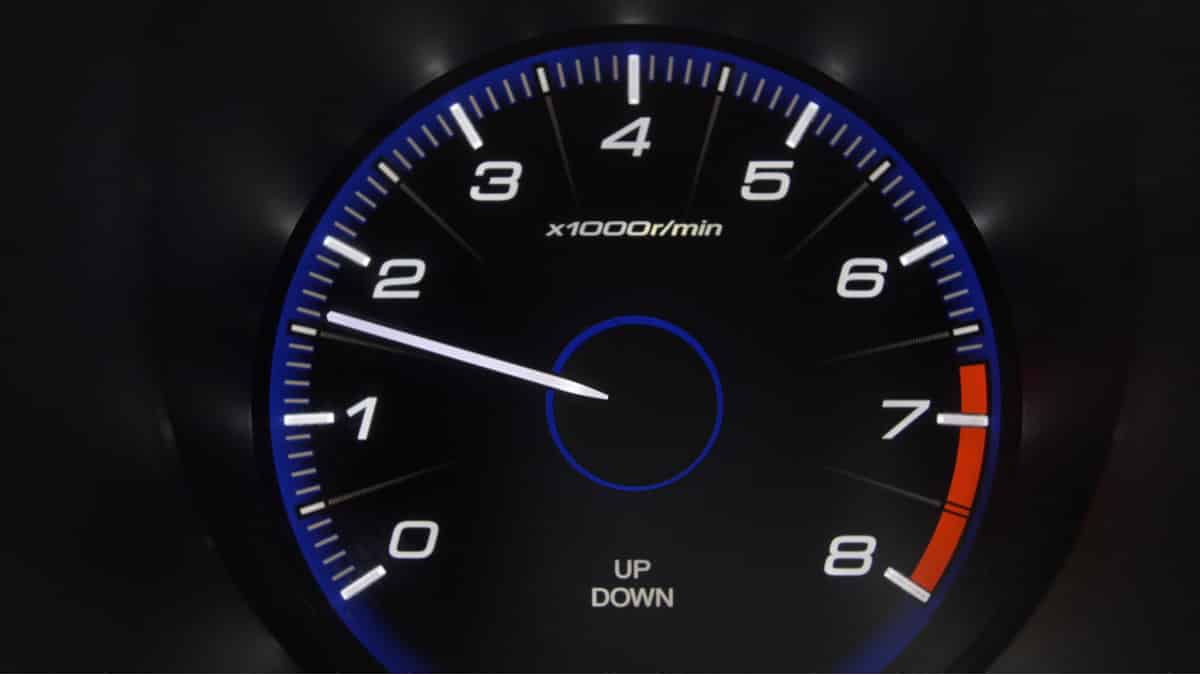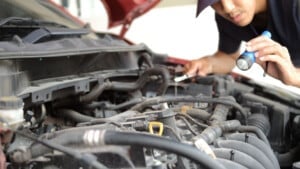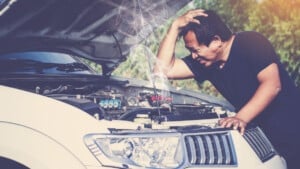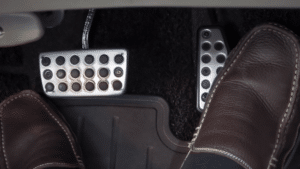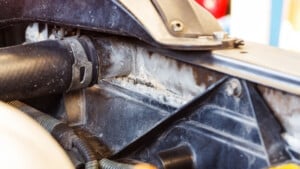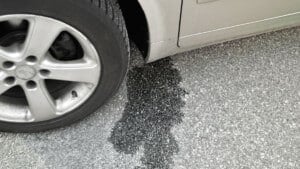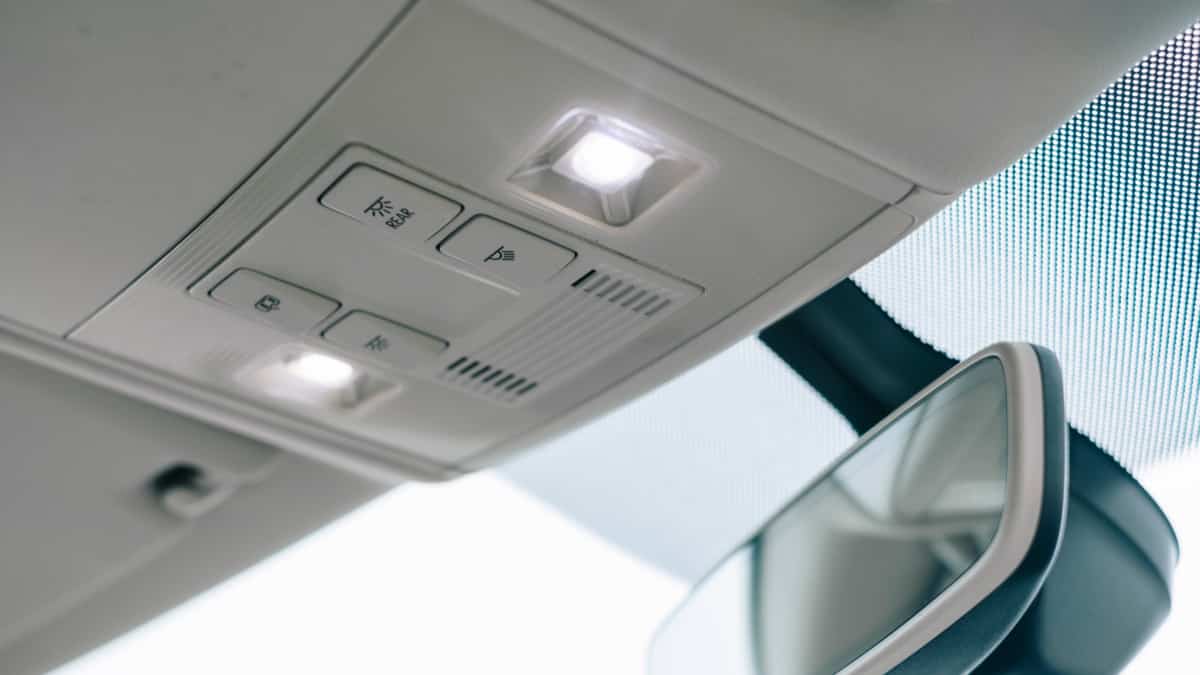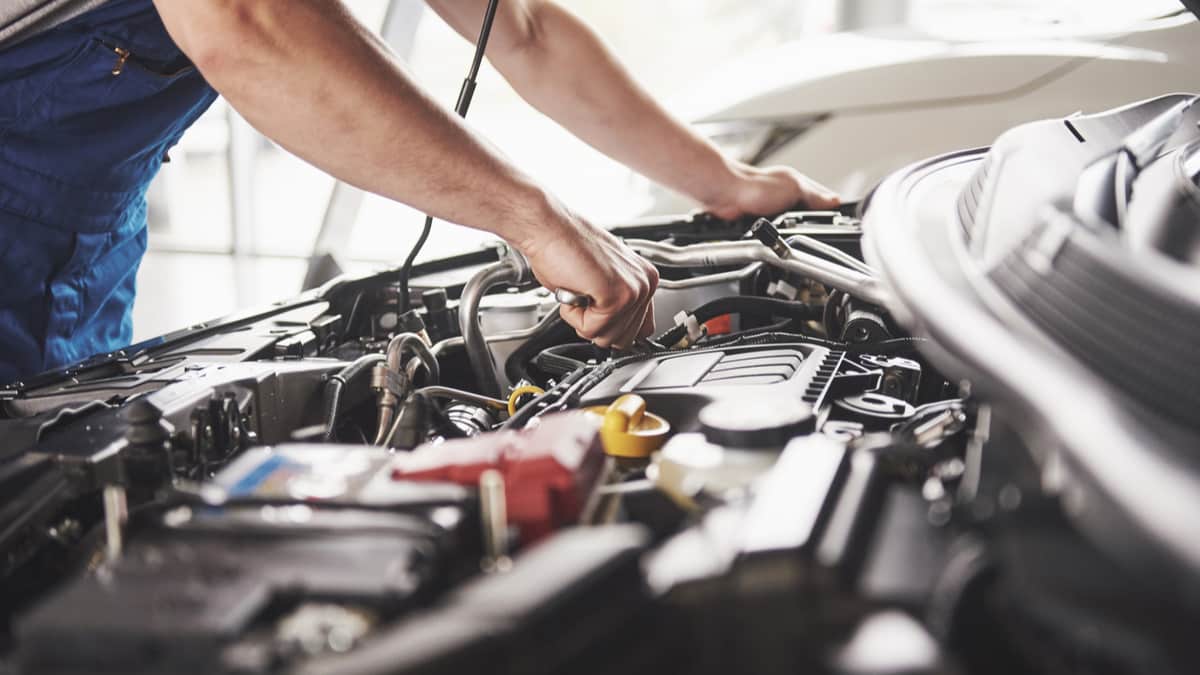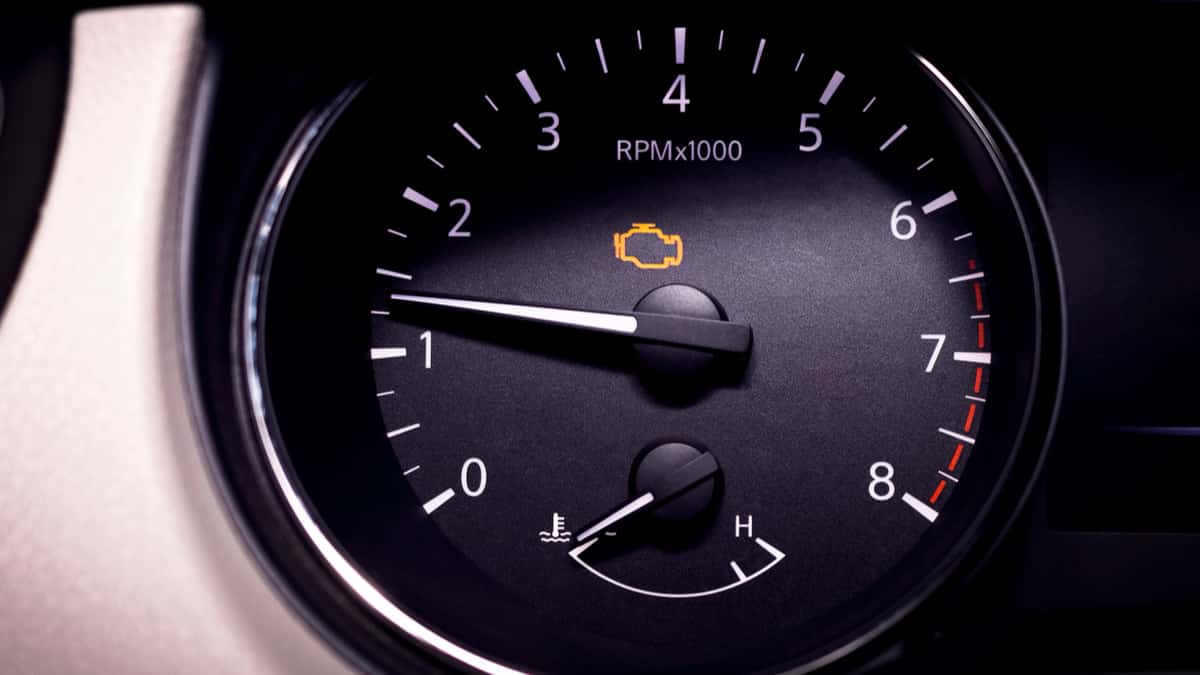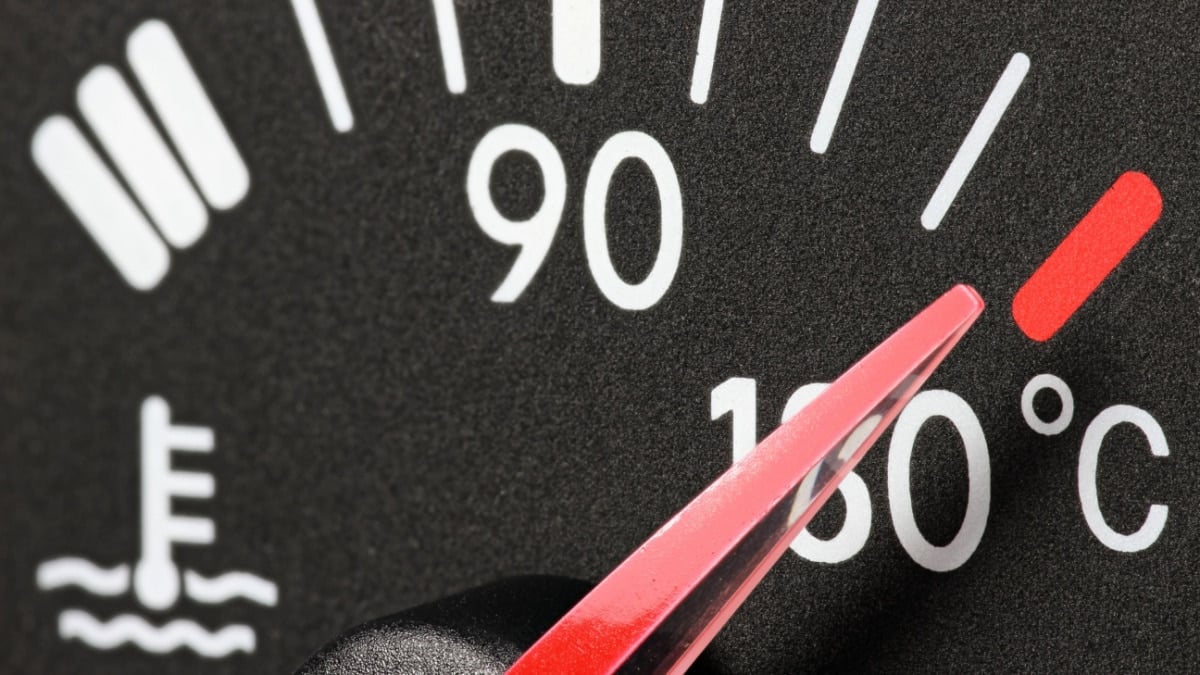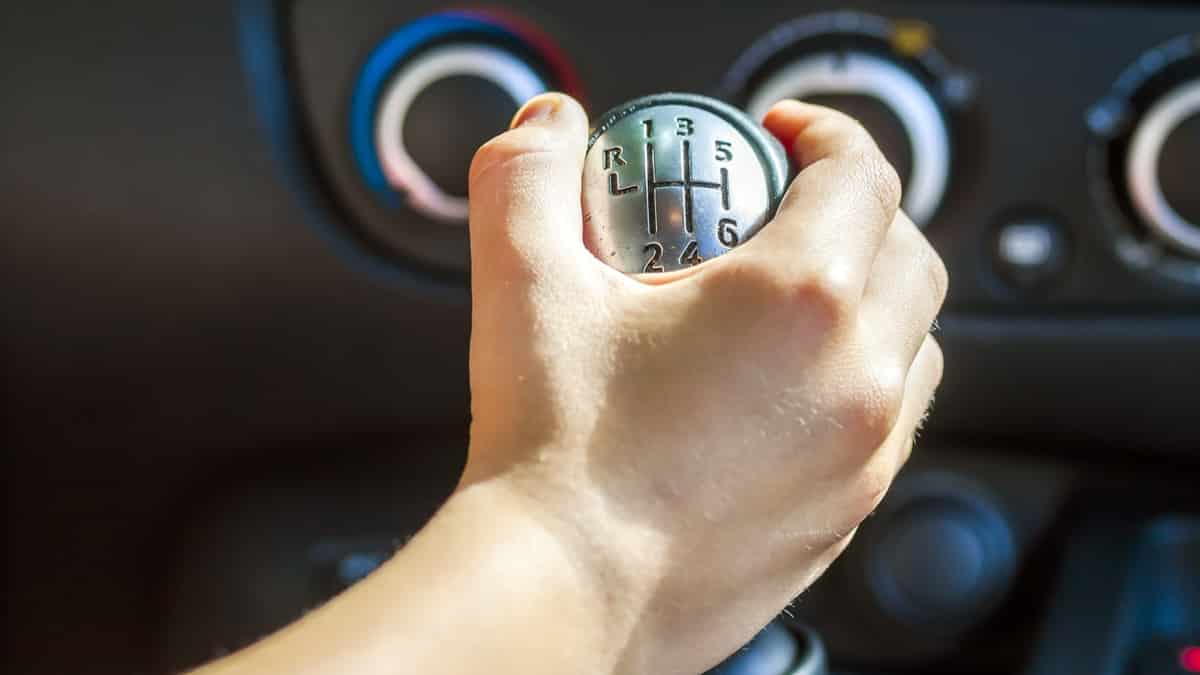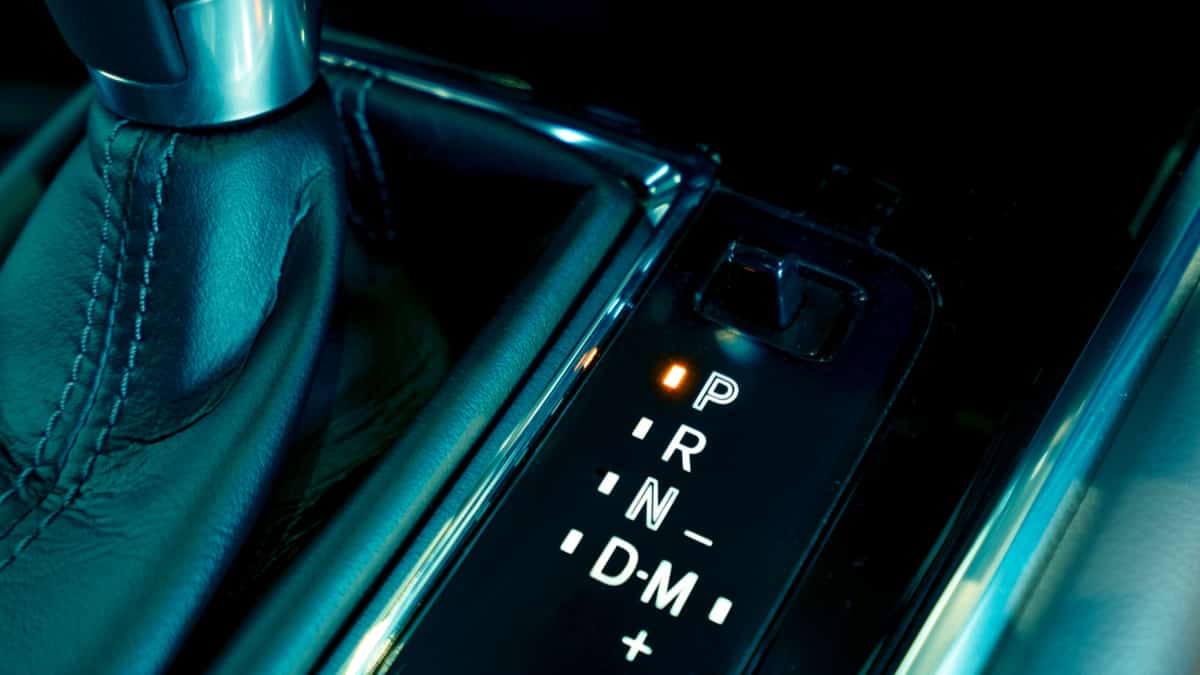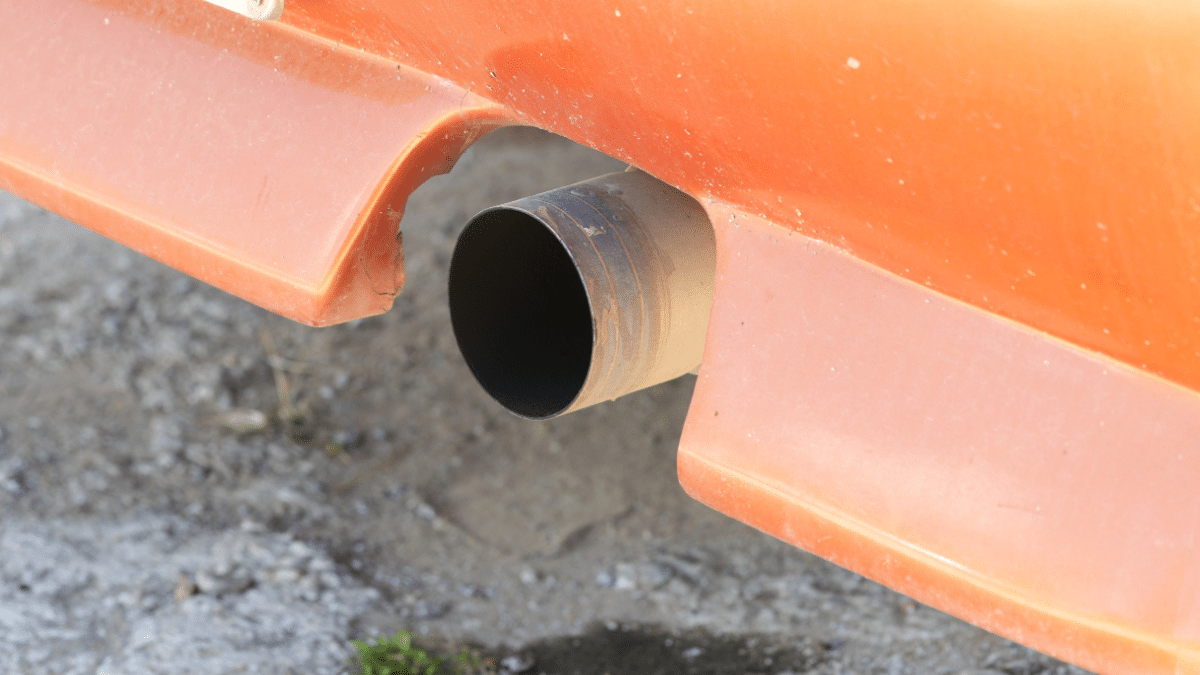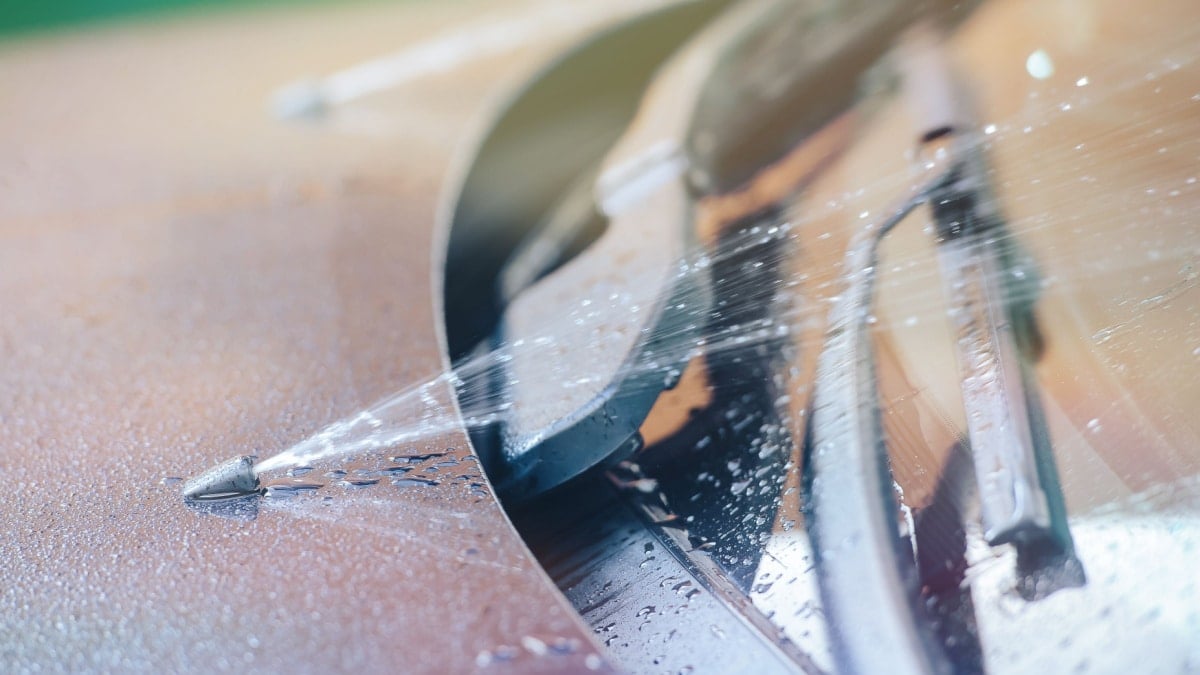You get out in your car in the morning, ready for an exciting day ahead of you. When you start the vehicle up, the last thing you expect is for it to give you trouble. When the car starts rough, it can lead to a massive weight on your shoulders as you hurry to figure out what’s wrong. Even more confusing is when it is rough to begin with but then smooths out.
The good news is that several issues can cause this problem, so it’s not difficult to figure out. We’ve put together a guide of the top causes, so you don’t need to scratch your head any longer. We also show you how to fix it and answer your most-asked questions in the process.
Causes of Car Starts Rough Then Smooths Out
If your car starts rough then smooths out, you could be looking at a bad engine coolant temperature sensor, a failing Mass Air Flow sensor, a faulty intake air temperature sensor, along with the idle air control valve or throttle body failure. It could also be the spark plugs, a vacuum leak or the carburetor.
Here is a more detailed list of the most common reasons why a car starts rough then smooths out:
1. Bad Engine Coolant Temperature Sensor
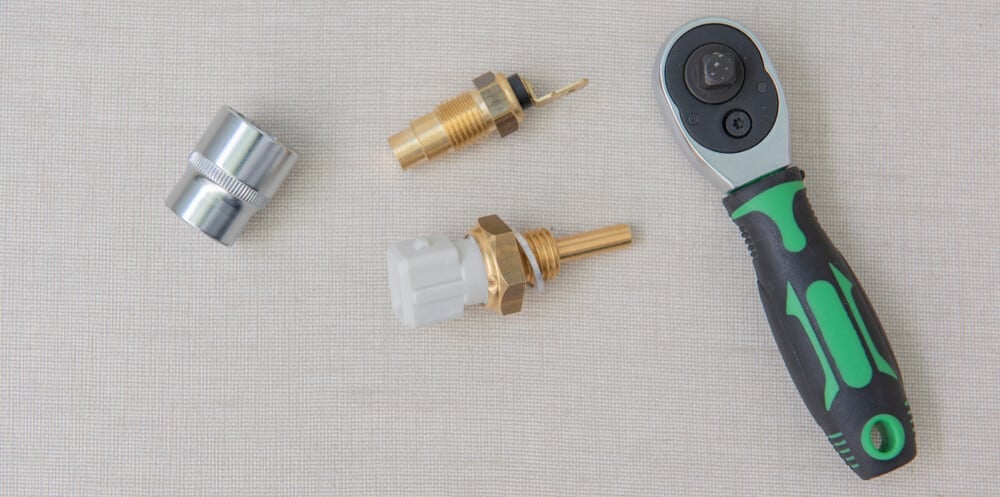
The purpose of the coolant temperature sensor is to monitor how hot the coolant gets. This information is sent to the Engine Control Unit (ECU) for processing, allowing for any adjustments. Information can also be sent to the driver through the temperature gauge on the dashboard.
When this sensor fails, the temperature gauge goes up and down erratically while driving. Because the engine is receiving faulty information, adjustments will also be made by the ECU. At first, the engine may run roughly because of the misinformation but smooths out as time goes on.
RELATED: 8 Symptoms Of A Bad Coolant Temp Sensor
2. Bad Mass Air Flow Sensor
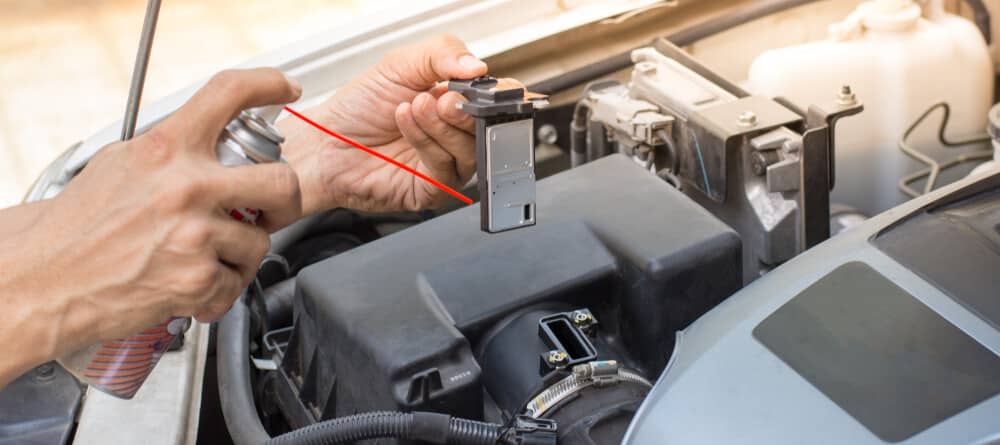
Another issue could be due to the Mass Air Flow sensor. This sensor is responsible for measuring the mass of air entering the fuel-injected engine. The information is once again sent to the ECU for processing, leading to a malfunction if the data is incorrect.
With this problem, a rough-running engine is just one symptom. You may also see the Check Engine Light, notice black smoke coming from the exhaust and see a significant drop in fuel economy.
3. Faulty Intake Air Temperature Sensor
Another important sensor is the intake air temperature. Instead of measuring the coolant temperature, this sensor reads how hot the air is. Not only can this lead to a rough-running engine, but it may make it difficult to start the car in the first place.
Additionally, the Check Engine Light will normally come on because of the misinterpreted readings. However, you may notice the car’s performance level out as you get down the road.
4. Bad Idle Air Control Valve or Throttle Body
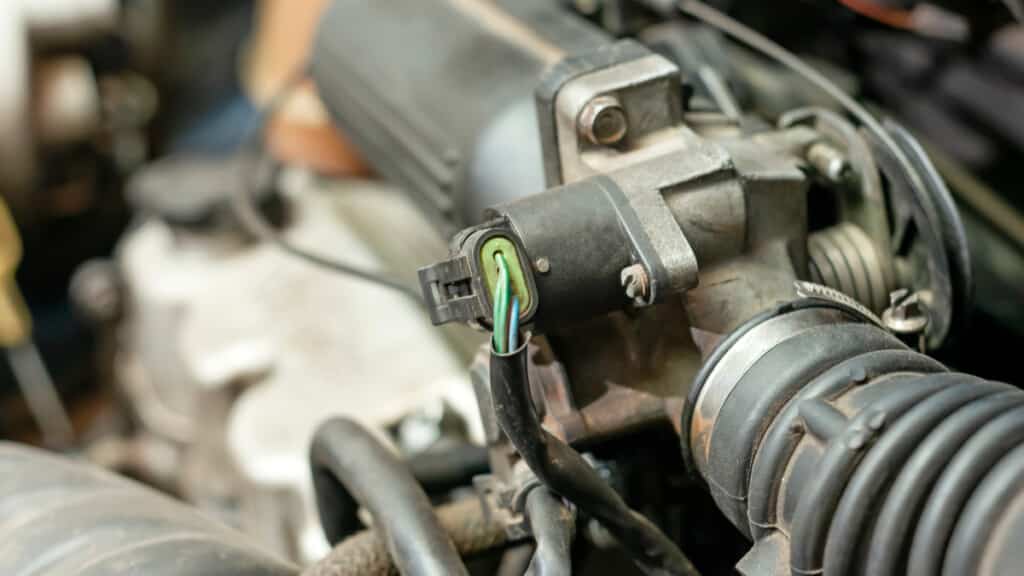
The idle air control (IAC) valve usually sits integrated with the throttle body of modern fuel-injected engines. However, on older engines, it was a separate unit close to the intake manifold. Here it’s responsible for working with the Engine Control Unit (ECU) to regulate airflow and maintain a smooth idle. This part is prone to get stuck, leaving an uncontrolled amount of airflow through the combustion chamber, which translates to higher RPMs.
At first, you may only notice the problem at startup, but it can become worse. In extreme cases, engine stalling happens, possibly leaving you stranded on the side of the road.
5. Fouled or Bad Spark Plugs
The spark plugs are needed to ignite the air-fuel mixture in the combustion chamber. If the car didn’t have spark plugs, it would be impossible to start the gas-powered engine. What some people don’t know is that spark plugs should be changed as part of regular maintenance. When they aren’t, the ends can foul, making them less effective.
Bad spark plugs also hinder the performance of a vehicle, causing trouble during acceleration too. If left unchecked, the engine will start to misfire.
6. Vacuum Leak
The vacuum of an engine is responsible for controlling airflow to support the fuel mixture. The right amount of vacuum must be present to suck in the proper amount of air. If a leak occurs, the mixture becomes imbalanced, leading to performance and starting issues.
The trouble with a vacuum leak is finding where it’s coming from. It can be caused by a leaking intake manifold, EGR valve or any of the hoses in the system.
7. Carburetor Problem (Old Vehicles)
Modern vehicles are no longer built with a carburetor, but they are found on many older models. If you drive an older car and are having trouble, the carburetor could be to blame. The carburetor is responsible for mixing fuel with the air to provide the proper balance.
If there’s an imbalance, the idle and RPMs will be rough. You may also see black smoke coming out of the exhaust.
How To Fix A Car That Starts Rough Then Smooths Out
Figuring out the problem is only one step to fixing the rough ride. You must diagnose and repair the problem to ensure a smooth drive. We always recommend starting by reading the factory service manual. This documentation provides a wealth of knowledge about your vehicle.
After that, follow these steps to fix the rough start.
1. Scan Trouble Codes

With an OBDII code scanner, you can see why the Check Engine Light is on your car. You must choose a compatible scanner for your vehicle and plug it into the port under the steering wheel.
The codes typically come up in a letter and number format. For example, it may look something like this – P0400. The code itself won’t tell you anything in particular, which is why you want to write them down and move on to the next step.
2. Research Trouble Codes
Unless you have a photographic memory and you’ve learned all the possible faults, you won’t know what the trouble code means, especially if it’s generic. While some provide a little more detail than others, it’s best to use a lookup tool to learn the rest.
At MechanicBase, our team of professional mechanics has been compiling this information for you. We have a comprehensive trouble code guide to get you started.
3. Clean Throttle Body
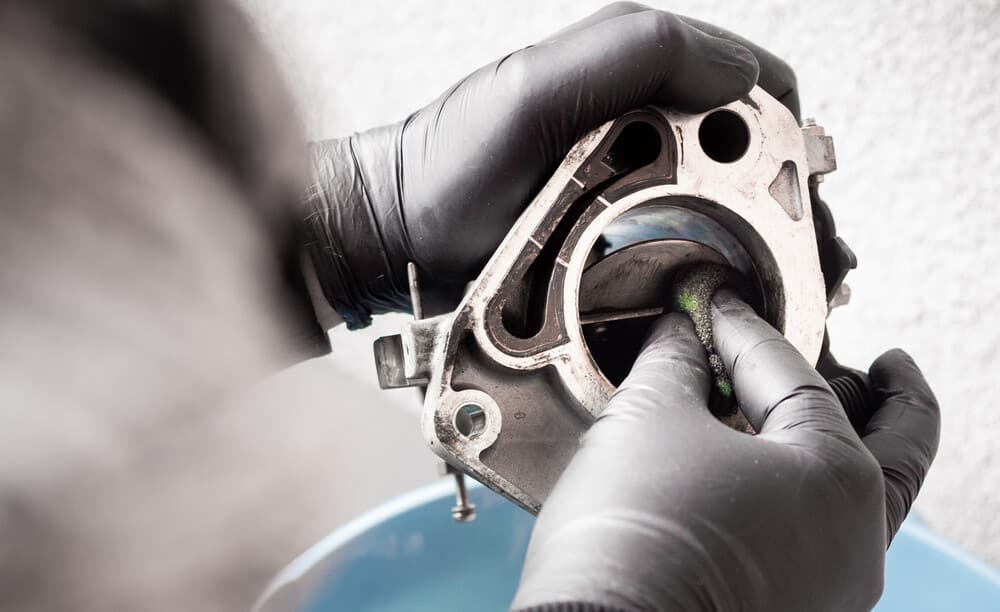
It’s not as difficult as you may think to clean the throttle body on your car. Here are some basic steps to get you started.
- Disconnect the air duct from the throttle body.
- During the disconnection, label the electrical connectors and vacuum lines to make installation easier.
- With a high-quality throttle body cleaner, spray inside to remove any contamination.
- Spray compressed air into the throttle body to dry up all of the solvent.
Once the throttle body is dry, you can reinstall it. Make sure you reconnect all of the electrical wires and vacuum lines.
READ MORE: How to Clean a Throttle Body (10 Steps DIY)
5. Check Sensor Data and Diagnose
Sadly, you can’t simply look at the various sensors in your car and figure out if there’s a problem. Instead, you need an advanced code scanner to read the data that each one is outputting.
You can compare this data with the specifications in your factory service manual to see where there’s a fault. If you don’t have a tool or aren’t sure what you are reading, you need to move on to our last step.
6. Contact a Professional
When the work goes over your head, it’s best to trust a certified technician. The Federal Trade Commission suggests asking your friends and family for local recommendations. You could also read online reviews to see what other customers think.
While it’s important to choose an auto mechanic with reasonable prices, you don’t want to automatically choose one because they are the cheapest. These mechanics may not be as experienced as they should be and you could end up with bigger problems.
Why does my car run rough until it warms up?
The problem could be any one of the sensors, such as the engine coolant temperature sensor, the Mass Air Flow sensor, the intake air temperature sensor or the idle air control valve on the throttle body. It could also be due to bad spark plugs, the carburetor on older cars or a vacuum leak.
What would make a car start rough?
The gas-powered engine requires a precise air-fuel balance to run smoothly. If this balance is affected, the car may not run right at first until it corrects itself. Several mechanical issues lead to a rough-running engine, including sensor failures or bad spark plugs. A diagnostic evaluation is required to determine the cause.
What is the most common cause of rough idle?
With so many sensors in today’s engines, it’s difficult determining which one fails the most often. The rough idle could be because of a bad engine coolant temperature sensor, a Mass Air Flow sensor, the intake air temperature sensor or the idle air control valve. It could even be because of the spark plugs, carburetor or a vacuum leak.
Why does my car sometimes struggle to start?
Chances are that a sensor is providing the wrong information back to the Engine Control Unit. Until the car warms up, it might be running rough because of an imbalance between the fuel and air in the combustion chamber. It’s important to have this problem resolved before the engine starts stalling.
We’ve seen a lot of issues lead to a rough-running car at start up. There’s no one clear-cut answer to this problem. The only way to figure out what’s really going on is to get in there with your diagnostic equipment and hunt down the issue.
With minor mechanical knowledge, you can use a code scanner and read the data. This information is invaluable to ensuring your car runs better down the road.
Learn more:
- Rough Idle – Causes and How To Fix It
- Car Cranks But Won’t Start? (Here’s How to Fix it)
- Car Hesitates to Start – Causes & How to Fix
Tags: Starting Issues
Categories: Troubleshooting

